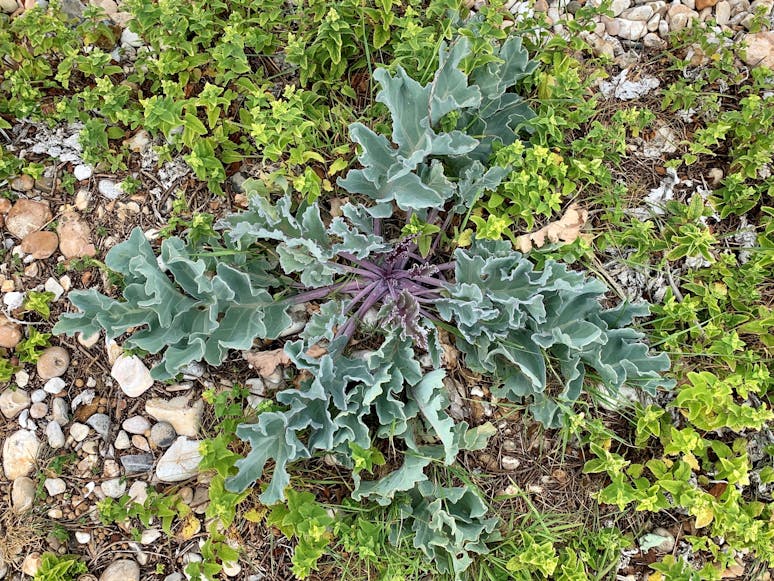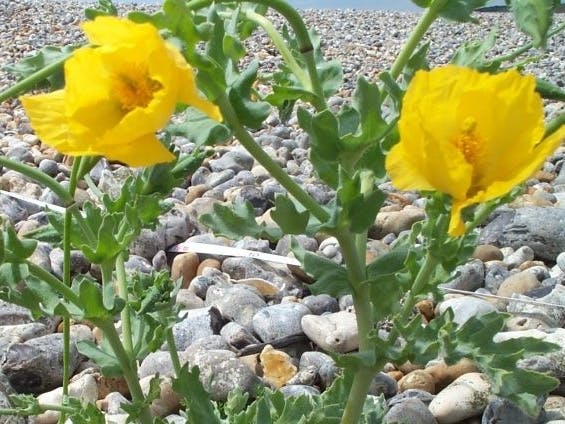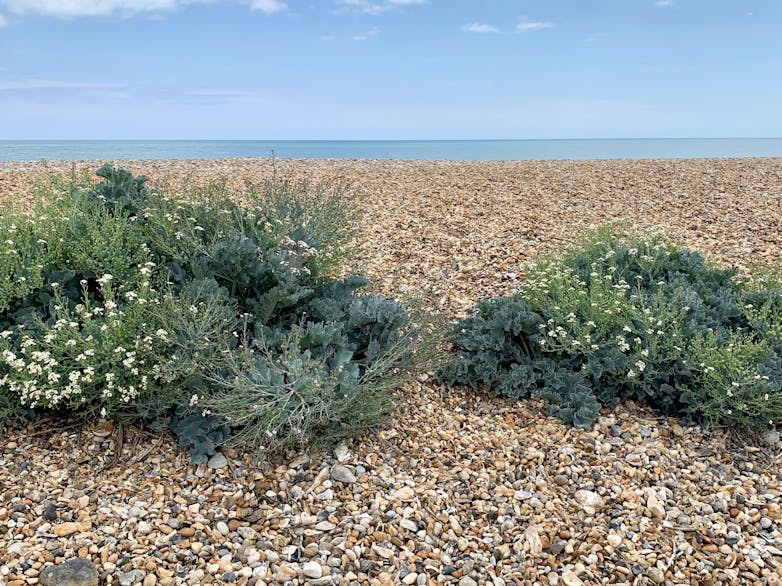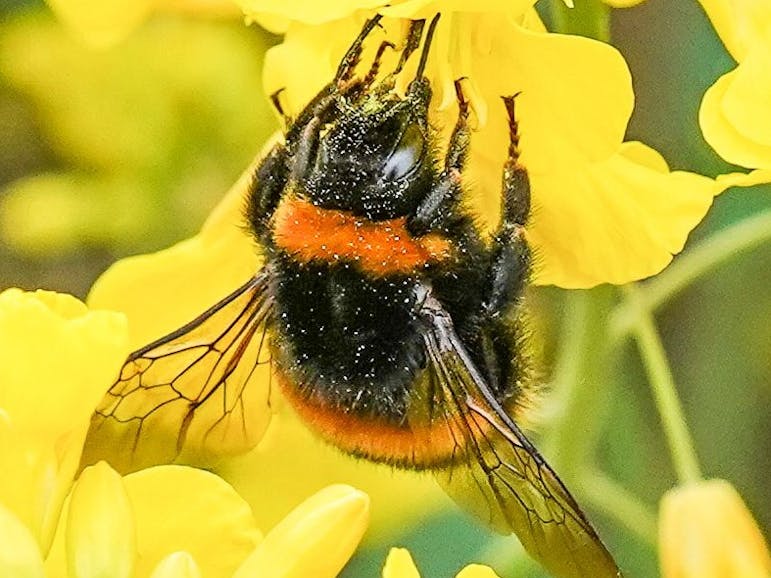Vegetated Shingle
Vegetated shingle is a unique and fragile habitat, defined by special plants that have adapted to survive in harsh coastal conditions where there is little fresh water, minimal nutrients, an impact of salt water spray plus fierce winds and strong waves.
The plant life that makes the vegetated shingle so important have evolved a range of adaptations to cope with the conditions. Sea-kale and yellow horned-poppy both have a very long root system so that they can anchor themselves and reach fresh water supplies below ground, Sea Campion has closely packed leaves to protect it from high winds whereas Stonecrop and other shingle based plants have succulent, thick waxy leaves to help with fresh water retention and to protect themselves from the sometimes fierce elements.
Other species that can be found include:
- Curled Dock
- Red Valerian
- Bitter Sweet or Woody Nightshade
- Hoary Cress
- See Beet or Sea Spinach

Sea Kale

Yellow Horned Poppy

Flowering Sea Kale

These habitats are particularly important for invertebrates including some species of spiders such as the Heath Grasper and the Whelk-Shell Jumper who makes his home in empty whelk shells that are thrown up by storms.
Other creatures who depend on this specialised environment include:
- Bees - Brown-Banded Carder Bee, Large Garden Bumble Bee and the Short Haired Bumble
- Bee Moths - Rest Harrow, Dusky Brocade and Mullein Wave
- Birds – Little tern and Ringed Plover
Vegetated shingle is a globally rare and threatened habitat and is therefore a protected area which is why it is very important to avoid damage to this precious ecosystem.
Please help by avoiding wear and tear by foot, stopping any dog fouling in the area and steering clear of raking through for driftwood or seaweed collection in these designated spots.



